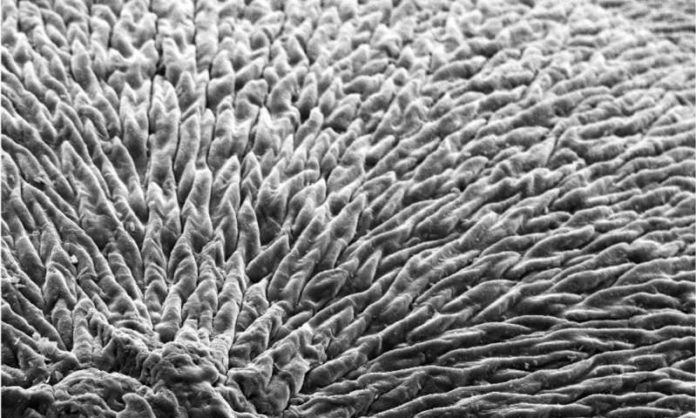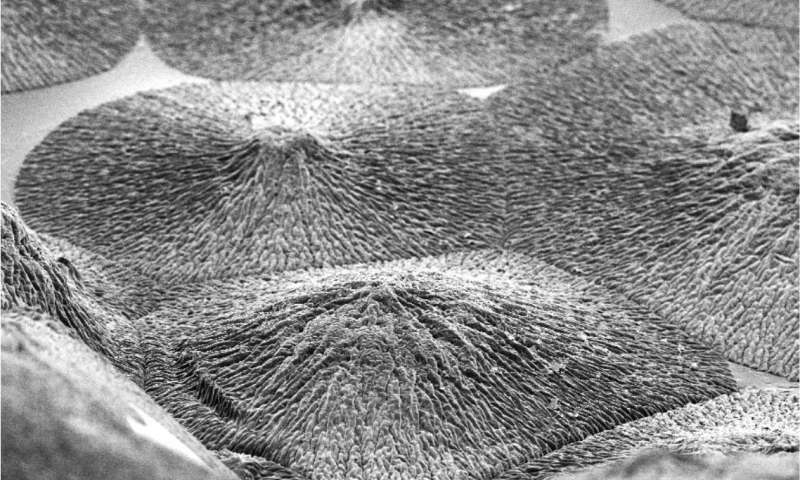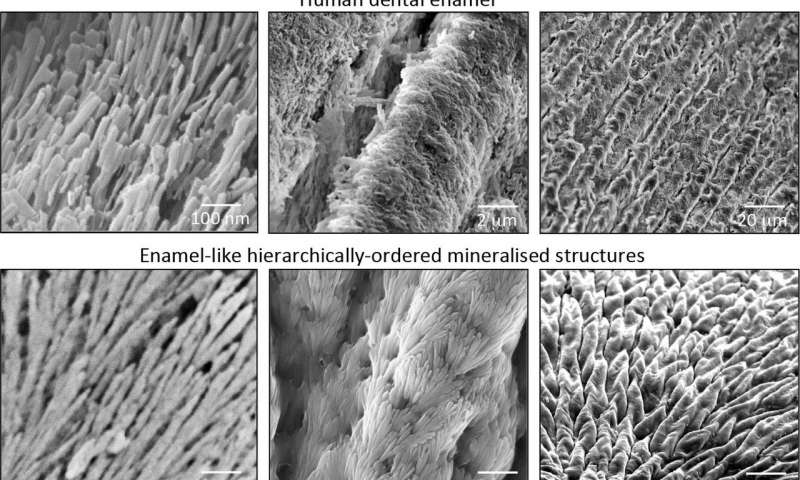Scientists at the Queen Mary University of London have developed a new way to grow mineralized materials which could regenerate hard tissues such as dental enamel and bone. This novel approach can create materials with remarkable precision and order that look and behave like dental enamel.
Enamel is the outer part of our teeth that enables our teeth to function for a large part of our lifetime. However, unlike other tissues of the body, enamel cannot regenerate once it is lost, which can lead to pain and tooth loss. An estimate suggests that 50 percent of the world’s population have the problem of lost enamel.
Using new material, it is possible to solve major dental complications such as the prevention and treatment of tooth decay or tooth sensitivity—also known as dentin hypersensitivity.
Dr. Sherif Elsharkawy, a dentist and first author of the study from Queen Mary’s School of Engineering and Materials Science, said: “This is exciting because the simplicity and versatility of the mineralization platform open up opportunities to treat and regenerate dental tissues. For example, we could develop acid resistant bandages that can infiltrate, mineralize, and shield exposed dentinal tubules of human teeth for the treatment of dentin hypersensitivity.”
To develop this material, scientists used a specific protein material that is able to trigger and guide the growth of apatite nanocrystals at multiple scales. This structural organization is critical for the outstanding physical properties exhibited by natural dental enamel.
Lead author Professor Alvaro Mata, from Queen Mary’s School of Engineering and Materials Science, said: “A major goal in materials science is to learn from nature to develop useful materials based on the precise control of molecular building blocks. The key discovery has been the possibility to exploit disordered proteins to control and guide the process of mineralization at multiple scales. Through this, we have developed a technique to easily grow synthetic materials that emulate such hierarchically organized architecture over large areas and with the capacity to tune their properties.”
The study which describes the material in detail is published in journal Nature Communications.


